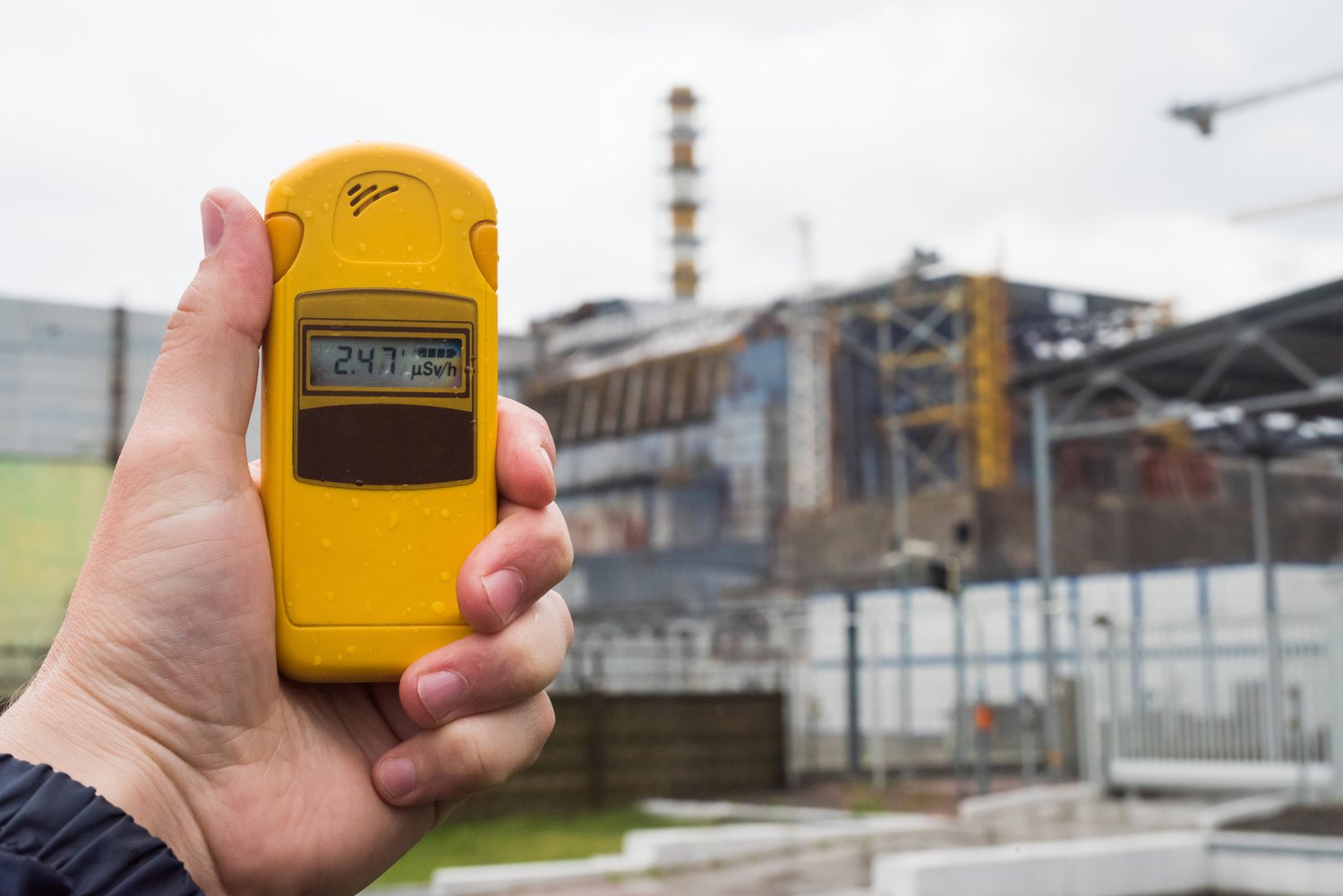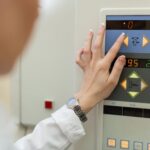Understanding gas detectors and their importance
Gas detectors play a crucial role in maintaining workplace safety. These devices are designed to detect the presence of hazardous gases in the environment. They can identify various types of gases, including carbon monoxide, methane, and hydrogen sulfide. In 2022, the global gas detector market was valued at $3.2 billion. This market is expected to grow at a compound annual growth rate of 5.7% from 2023 to 2030. Gas detectors come in two main types: portable and stationary. Portable detectors are handheld devices that can be carried by workers, while Stationary gas detectors are fixed in specific locations.
Key features of effective gas detection systems
Effective gas detectors possess several important features. These include high sensitivity to detect even low concentrations of gases. They should also have fast response times, typically within seconds of exposure. Accuracy is crucial, with many modern detectors having an error margin of less than 2%. Durability is another key feature, as these devices often operate in harsh environments. Many detectors are designed to withstand temperatures ranging from -40°C to 60°C. User-friendly interfaces make it easier for workers to interpret readings quickly. Some advanced models can connect to smartphones or central monitoring systems for real-time data transmission.
Proper installation and maintenance of gas detectors
Proper installation of gas detectors is essential for their effectiveness. Stationary detectors should be placed strategically based on the potential gas sources and air flow patterns. The typical coverage area for a single detector is about 50-100 square meters. Height placement is critical, depending on the gas density. For example, detectors for lighter-than-air gases like methane should be installed near the ceiling. Regular maintenance is crucial for optimal performance. This includes daily visual inspections and monthly functional tests. Sensors typically need replacement every 2-3 years, depending on the model and usage conditions. Calibration should be performed at least annually, or more frequently in harsh environments. Proper documentation of all maintenance activities is important for regulatory compliance and troubleshooting.
Training and protocols for gas detection system users
Effective use of gas detection systems requires proper training for all personnel. Initial training should cover basic operation, interpretation of readings, and emergency procedures. This training typically lasts 4-8 hours, depending on the complexity of the system. Refresher courses should be conducted annually, lasting about 2-4 hours. Clear protocols should be established for different alarm levels. For example, a low-level alarm might require investigation, while a high-level alarm could trigger immediate evacuation. Response times are critical; workers should be trained to react within 30 seconds of an alarm. Regular drills, conducted quarterly, help reinforce these protocols. Some companies use simulation software to provide realistic training scenarios without exposing workers to actual hazards.
Integrating gas detection with overall safety systems
Gas detection systems should be integrated with overall safety protocols. This integration can include automatic shutdown of equipment when dangerous gas levels are detected. Many modern systems can be connected to building management systems for centralized monitoring. Data from gas detectors can be used to improve ventilation systems, potentially reducing energy costs by up to 30%. Some advanced setups use artificial intelligence to predict potential gas leaks before they occur. These predictive systems have shown to reduce false alarms by up to 50%. Regular safety audits, conducted at least bi-annually, should include a review of the gas detection system’s performance and integration. This holistic approach ensures that gas detection is not treated as an isolated safety measure but as part of a comprehensive safety strategy.





